| T O P I C R E V I E W |
| sangamesh |
Posted - 14/02/2017 : 18:02:33
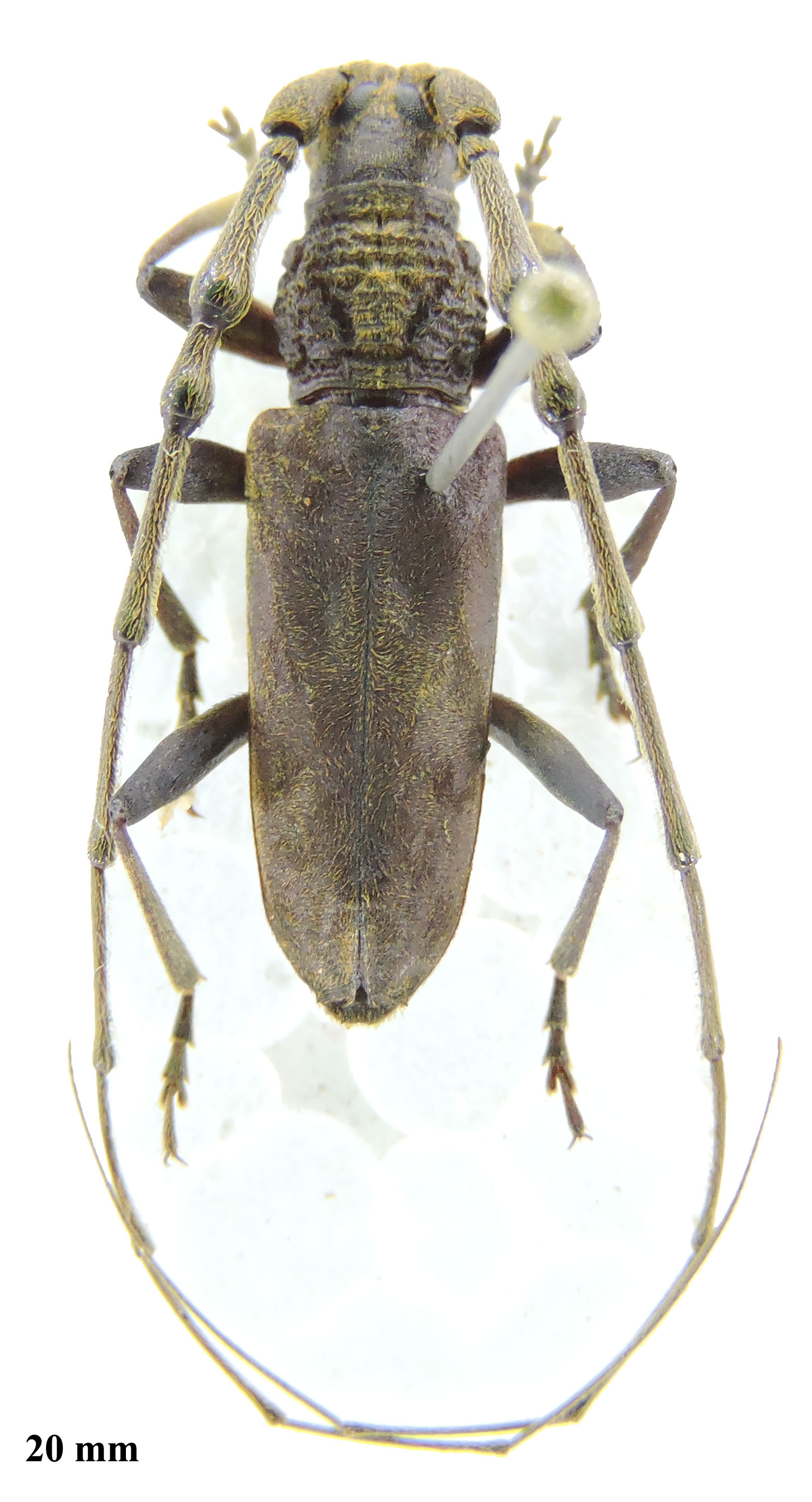 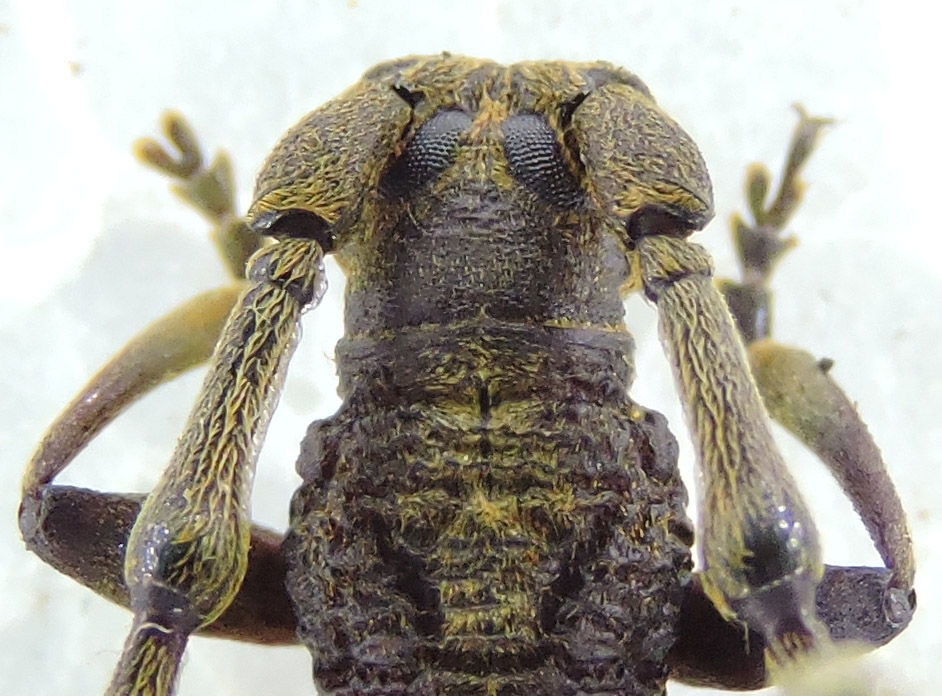
Loc: Kerala; This specimen is rather puzzling to me...It shows combination of characters of two genera viz., Diorthus and Dialeges...
closure study of this individual made me realize that, like the Diorthus, it has scape with cicatrix at the apex; antennae furnished with short fringe of brownish hairs and disc of prothorax with crown shaped impression (like the Indian species D. cinereus); however, the femur is not carinate along each side on ventral border and also, the elytral apex is slightly obliquely truncate with a spine at the sutural angle and outer angle dentate (unlike the Diorthus where the apex is truncate and with a spine at sutural angle alone)...
On the other hand, the specimen also shows the characters of the genus Dialeges,that is, head is elongate behind the eyes, eyes divided each into two lobes...if eyes are divided then the third antennomere must have been longer than the fifth but interestingly the third antennomere is shorter than the fifth in this case...
I'm curious as to what this individual could be?...any contributions to the identity of this individual are much welcome |
| 13 L A T E S T R E P L I E S (Newest First) |
| Xavier |
Posted - 31/07/2018 : 13:52:41
So,it is Diorthus sericeus Gardner, 1939 male, still called Tapinolachnus sericeus (Gardner, 1939)in Titan database. |
| Xavier |
Posted - 30/07/2018 : 12:28:04
Holotype specimen of Diorthus sericeus is available here. |
| Xavier |
Posted - 23/01/2018 : 18:11:25
I do not know the hototype specimen of this species, but I agree with you, the silky yellowish pubescence fits very well. |
| sangamesh |
Posted - 23/01/2018 : 17:46:54
Does anybody Know Diorthus sericeus? this specimen and the other posted here seems to agree with the Gardner's description.
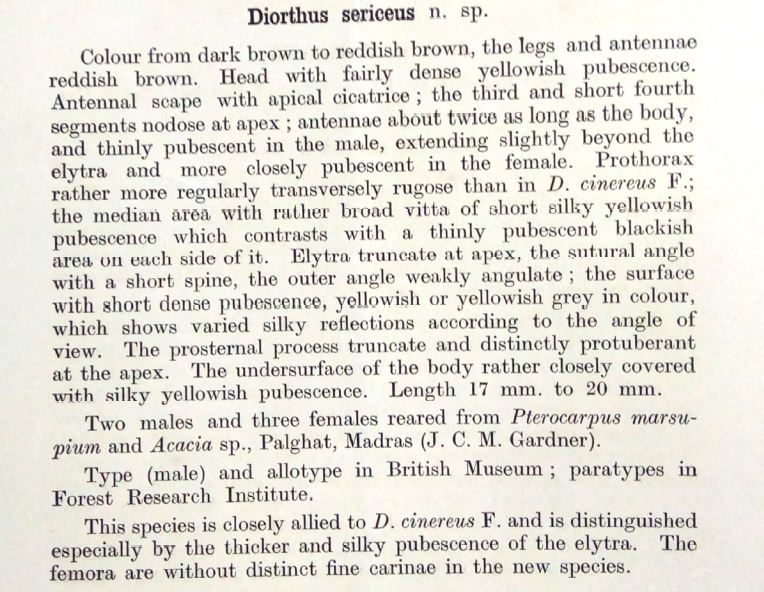
123.82 KB |
| Xavier |
Posted - 21/03/2017 : 17:17:15
Ok, if I understand M.Pic, your species should belong to subgenus Diorthus (Lamellocerambyx) like here |
| sangamesh |
Posted - 21/03/2017 : 14:01:10
Here I attach the details of prosternum
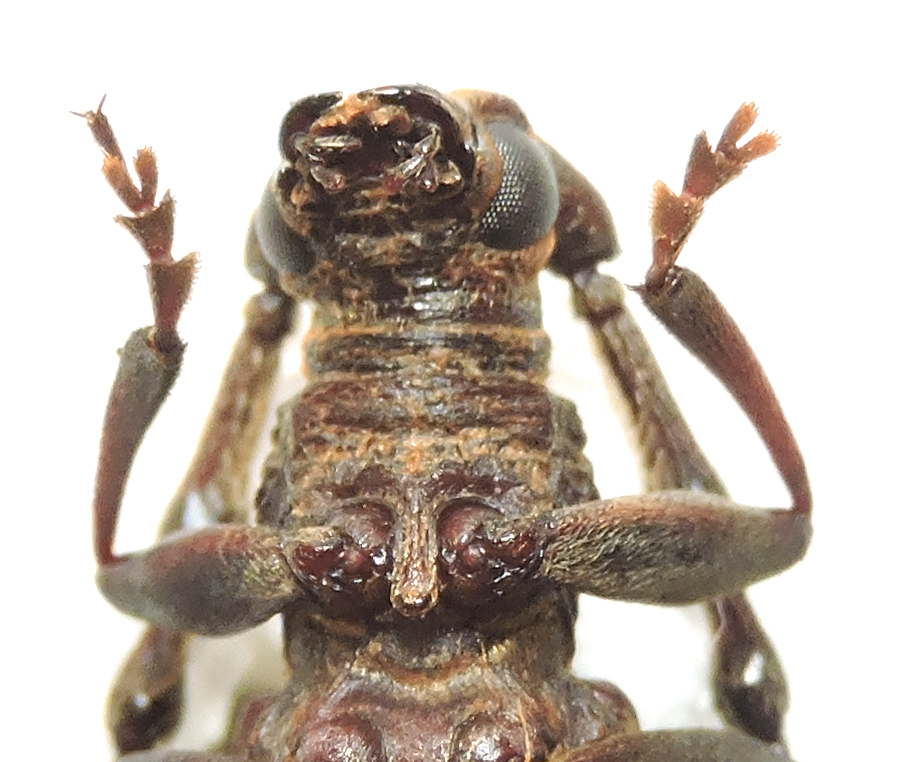
400.9 KB |
| Xavier |
Posted - 19/03/2017 : 14:53:03
Could you show a picture of prosternum ? |
| Francesco |
Posted - 17/02/2017 : 10:51:09
Maybe... however, I not see a reason to create a new genus or subgenus. |
| sangamesh |
Posted - 15/02/2017 : 11:50:23
Thank you for the expertised advise...the eye lobes are connected by a line without ommatidia...carina on legs seems to be reduced (specimen is slightly greased, I need to work on that to get better view of legs)...so, this species is not known! |
| Francesco |
Posted - 15/02/2017 : 08:30:17
As I can see, this specimen show most of Diorthus-characters, i.e. scape with cicatrix, antennae fringed in male, antennomere III-IV nodose, III about as long as V, etc.
Eyes are not divided but still united by a fine line (I do not know if with or without ommatides).
Pronotum with two longitudinal oblique furrows and narrow interocular space fit well to D. cinereus.
Apical teeth and more elongated neck might be two peculiar characters of this species.
Femoral ridges are normally scarcely visible only on meso and metafemurs. Maybe they are even more reduced; however, I see them.
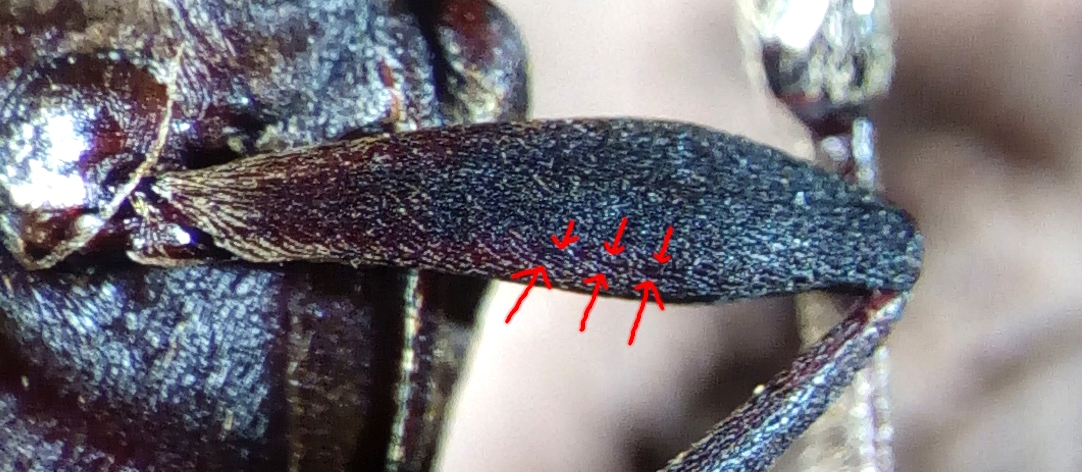
437.53 KB |
| sangamesh |
Posted - 15/02/2017 : 07:08:57
Here I provide evidences as enlisted in my first post...I doubt if it really is a Diorthus
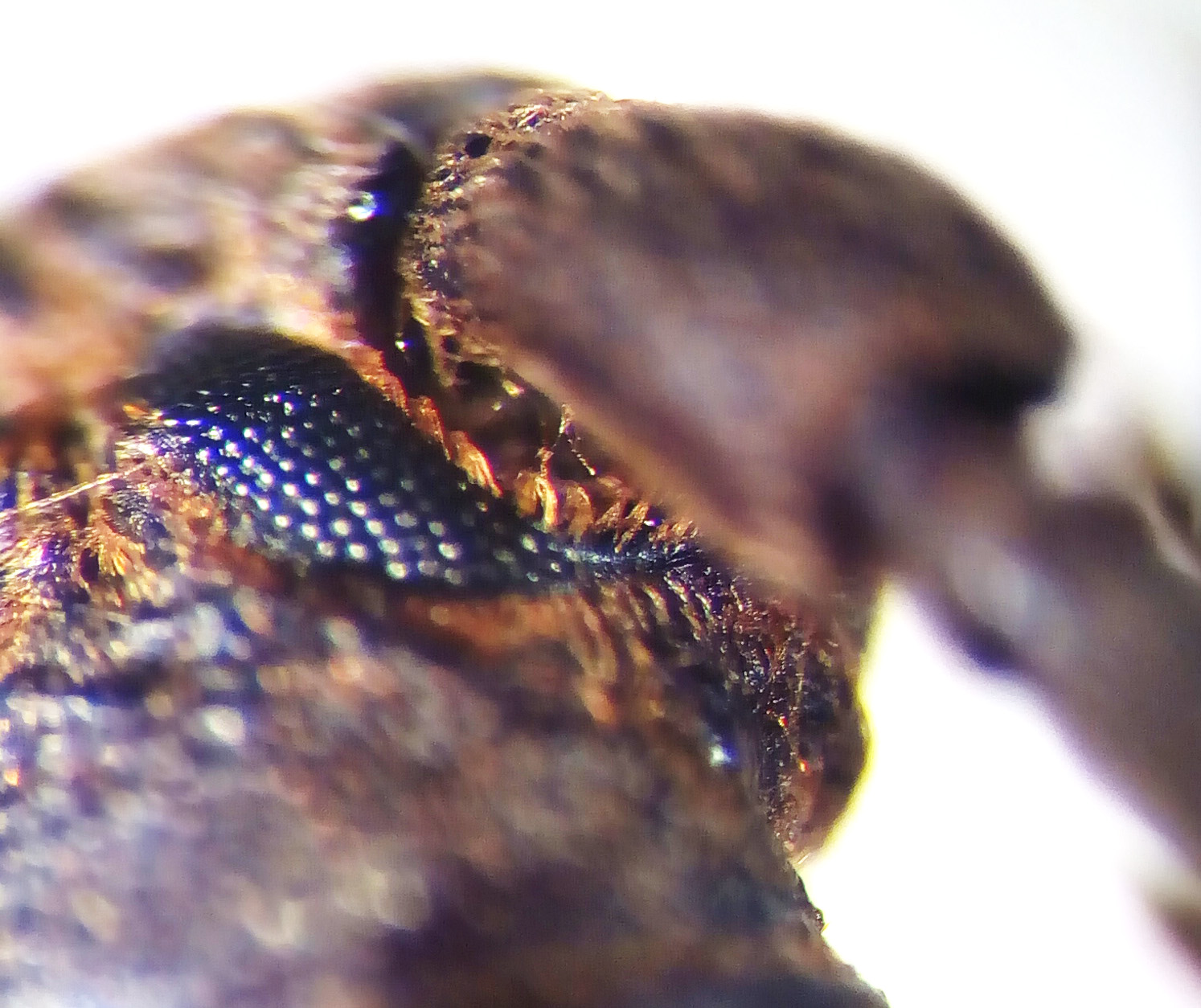
425.59 KB
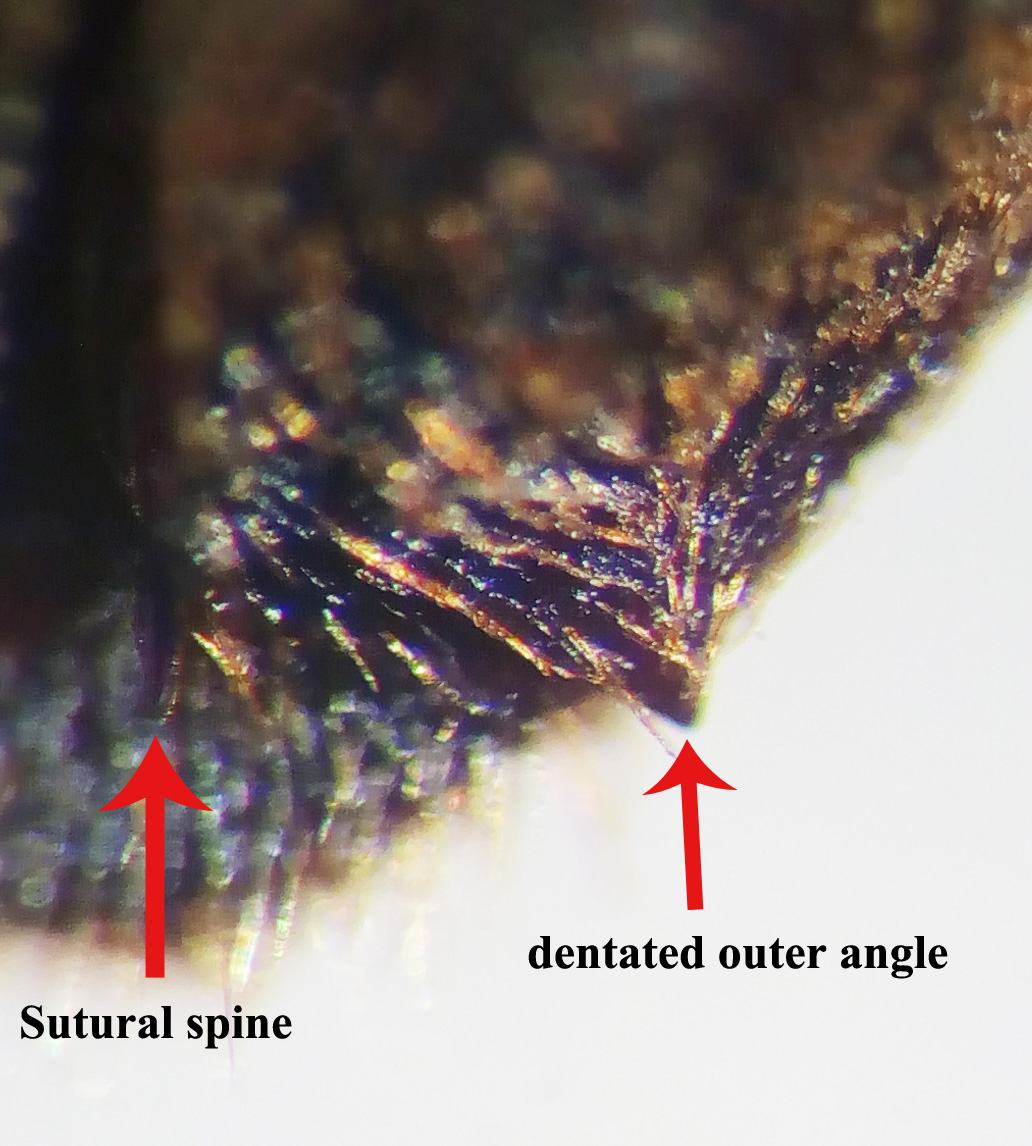
326.71 KB
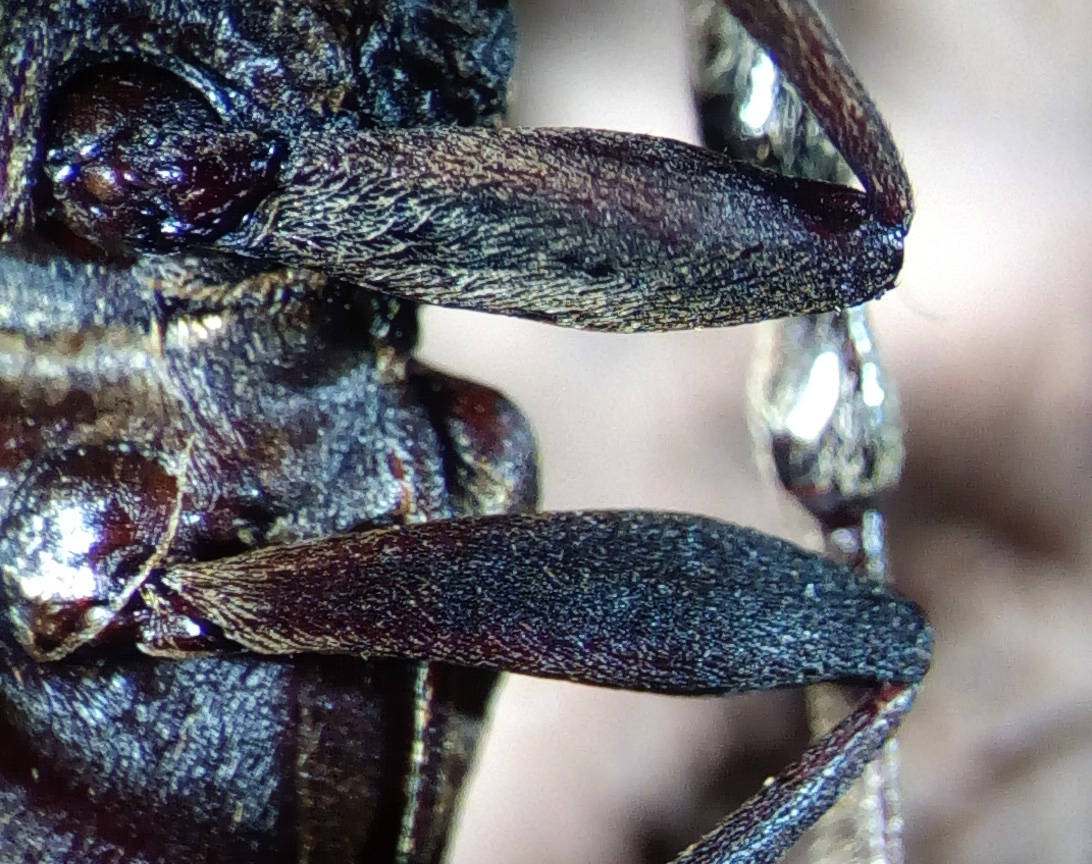
437.82 KB |
| sangamesh |
Posted - 15/02/2017 : 02:05:09
quote:
Originally posted by Francesco
with few doubts.
Can you please point me towards those... |
| Francesco |
Posted - 14/02/2017 : 19:07:06
Diorthus, with few doubts. |


